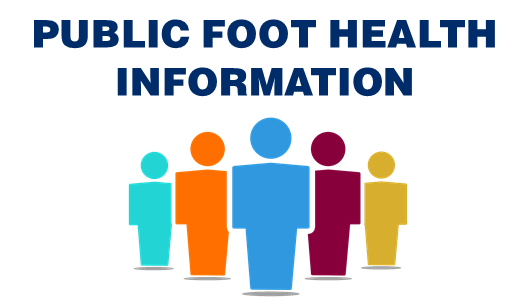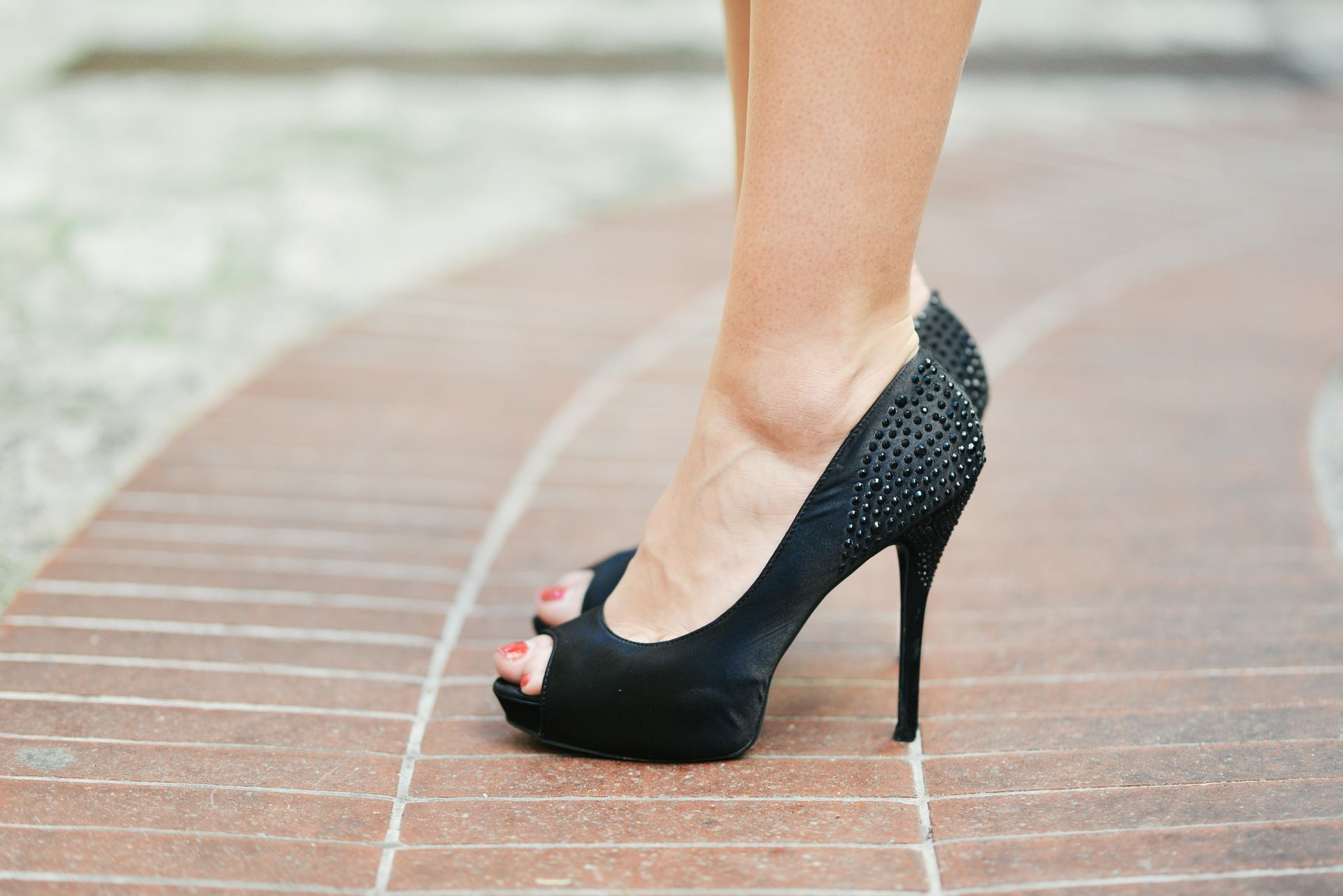|
High Heels & Foot Health
Are high heels also bad for you? A 2014 survey from the American Podiatric Medical Association—composed of the nation’s top foot and lower-leg docs—found heels were far and away the most common cause of foot pain among women. Unsurprisingly, much of that pain comes from contorting your foot into a steep “plantarflexed” position, concludes a study from the Journal of Applied Physiology. Like standing on your tiptoes for hours, that high-heeled posture may lead to painful muscle fatigue and strain injuries, the authors of that study say. Calluses, blisters, bunions, and ingrown nails are all common among high heel wearers, adds Dr. Rodney Stuck, division director of podiatry at Loyola University Chicago. The higher the heel, the more trouble you’re likely to run (or walk) into, Stuck says. But the most significant risks of your high-heel habit may begin higher up your leg. According to rfrom the U.K. and Austria, lots of time spent walking in heels actually changes the structure of the muscles and tendons in your calves—and not for the better. High heels lead to shorter muscle fibers and a toughening of the Achilles tendon, says Dr. Marco Narici, a professor of clinical physiology at the University of Nottingham (and coauthor of that study). Narici says these muscle changes reduce your ankle’s range of motion, and contribute to your risk for strains and sprains. Stuck says these sorts of muscle adaptations may also up your risk for other lower-body injuries. A sore ankle or leg you blamed on running may actually have more to do with your high heels, he says. More research shows walking in heels puts a great deal of force on your kneecaps. This force can lead to the early onset of osteoarthritis, says Dr. Constance Chu, a professor of orthopedic surgery at Stanford. High heels may be high fashion, but they’re not high on the list of healthy footwear choices. |




.png)

